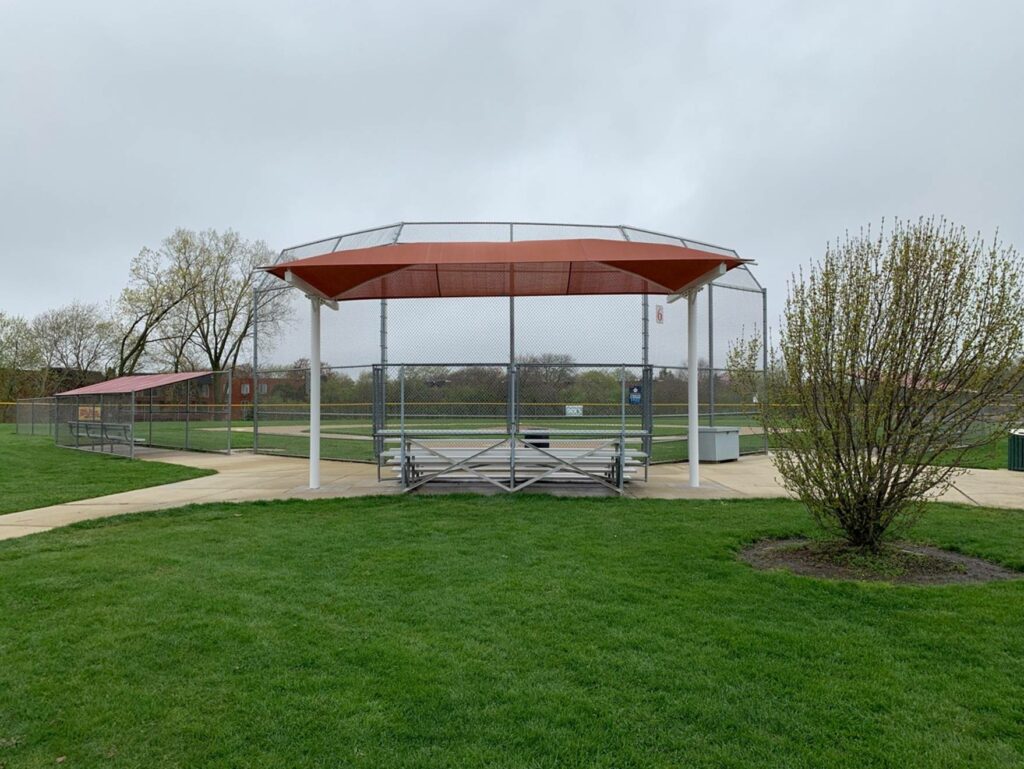

Dr. Eichenfield, who is the past president of the Society for Pediatric Dermatology, called it “having a broad perspective on sun protection.”
When it comes to sunblock, the safest, from the point of view of absorption, are “physical sunscreens,” based on titanium dioxide or zinc, which do not get absorbed like chemical sunscreens.
“The scientific studies still support use of sunscreen to protect against skin cancer, and people who want to be informed should be aware that titanium dioxide and zinc have been judged to be safe,” Dr. Eichenfield said. “They’re not found in the bloodstream, they stay on the skin, they block the sun, there’s no evidence of them being absorbed systemically.”
They are also much more visible on the skin, and many children — and adults — prefer the less visible chemical products. And if the physical blockers are broken down into nanoparticles, to make them more cosmetically acceptable, the concern is that then they also may be absorbed.
There are also some chemicals in sunscreen that have provoked concerns about environmental effects; a law in Hawaii which will take effect in January 2021 bans two chemicals, oxybenzone and octinoxate, which can harm coral.
So the message is to choose your sunblock and then use it, after taking advantage of the other sun protection strategies. “Any skin that gets exposed and can’t be protected by hats and shade and clothing should be protected liberally with sunscreen,” Dr. Weinstein said.
[Read Wirecutter’s reviews of sunscreens for 2019.]
Speaking as a parent and a pediatrician, I would like to acknowledge that this advice is often easier to give than to follow. And it may be that we are not giving it as effectively as we could be, which may also be related to how parents perceive the risk to their own families.
Dr. Weinstein was the senior author on a study published last year that looked at the strategies parents actually used to protect their children against the sun. Parents were asked to categorize their own children as darker or lighter skinned, and then to detail their own practices, measuring them against what the researchers considered ideal recommended sun protection.
“The frequency of ideal sun protection was greater in the group of lighter-skinned patients,” Dr. Weinstein said.
They found that the parents of the lighter-skinned children reported greater use of sunscreen, sunglasses and sun protection bathing suits. Both groups were equally likely to report seeking shade, staying inside during peak hours, wearing hats or using umbrellas.
“What should our messaging be?” Dr. Weinstein asked. “It’s well accepted that people with darker skin tones are less vulnerable, but the risk isn’t zero.” And since this is all about risk reduction, maybe there are ways to give more directed, more useful advice.
“There’s a lot of data out there, and not necessarily a lot of conclusions,” Dr. Weinstein said. “What parents really want is, ‘what should I do that’s safe and effective for my children?’” So what is the basic advice for parents, as the summer moves along?
[Read tips on sun protection from the Society for Pediatric Dermatology and from the American Academy of Pediatrics.]
First of all, keep babies out of the sun as much as possible. “Parents or caretakers should be in control of the exposure,” Dr. Eichenfield said. Use the hats, use the protective clothing, use the umbrellas. Sunscreen is generally not recommended at all for babies under 6 months — though according to the A.A.P., small amounts can be applied if there is absolutely no way to avoid the sun.
For older children, and for skin that will be exposed, “you want something that has broad spectrum coverage, that covers UVA and UVB, you want it to have an SPF of 30,” Dr. Weinstein said. Above that, for most patients, she said, the incremental increases of higher SPF is not required, though higher numbers may be helpful for people with special conditions.
And then of course, you need to put it on — and remember to reapply it. If cost is a factor, buy a cheaper product and use it more liberally.
“For the average patient a minimum of 30 should be adequate protection if applied generously and frequently every couple of hours when outside,” Dr. Weinstein said. And for that to work, “it should be a product that the child accepts the texture and odor of so that they’ll use it.”
7/15/19 written by: Perri Klass, M.D.
[separator type=”” size=”” icon=”star”]
Jack’s Story with the Park District:
On October 20th, the 16th Annual This Run’s for Jack 5k will be held at Ackerman Park and the surrounding streets of Glen Ellyn.
Jack Marston was a longtime Glen Ellyn Park District Volunteer Coach in many sports and winner of the 2005 Rich Macken Award which recognizes a person whose involvement in Glen Ellyn Youth Baseball as a manager/coach best exemplifies the program’s goal of bringing the love of the game to Glen Ellyn. In addition, he was an avid runner and four-time Chicago Marathon participant. Jack lost his battle to melanoma on July 12th, 2004.
In honor of Jack, the countless hours he gave to the community, his athletic successes and the four marathons he ran (one for each of his children), “This Run’s For Jack”.
This Run’s For Jack provides hope and healing for those touched by melanoma … and brings awareness and research dollars to the fight. Proceeds from the race benefit melanoma research, awareness and healing programs approved or provided by the Jack H. Marston II Melanoma Fund including a generous donation in 2019 and 2020 to help fund the new shade structures at Village Green Park for four baseball fields.